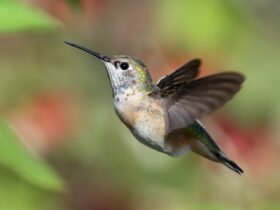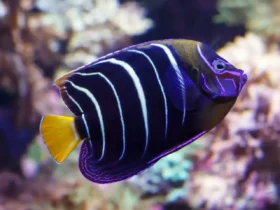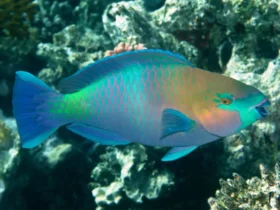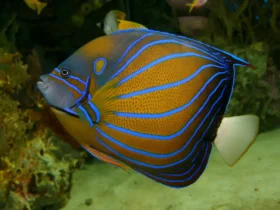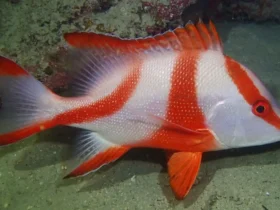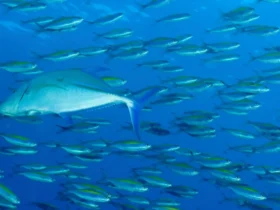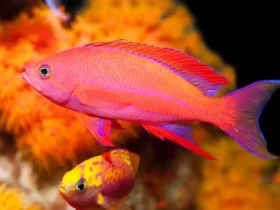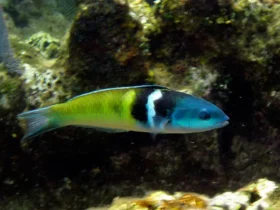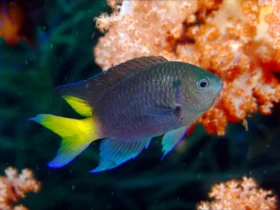The Nile crocodile is the largest African crocodile and is a carnivorous animal that preys on both humans and its own kind. This species of crocodile is facing the threat of extinction. s we know, the Nile crocodile is one of the most ferocious crocodile species, and it feeds on both human and its own kind. The following article will provide readers with the necessary information as well as the unique characteristics that we can only find in this fish species.
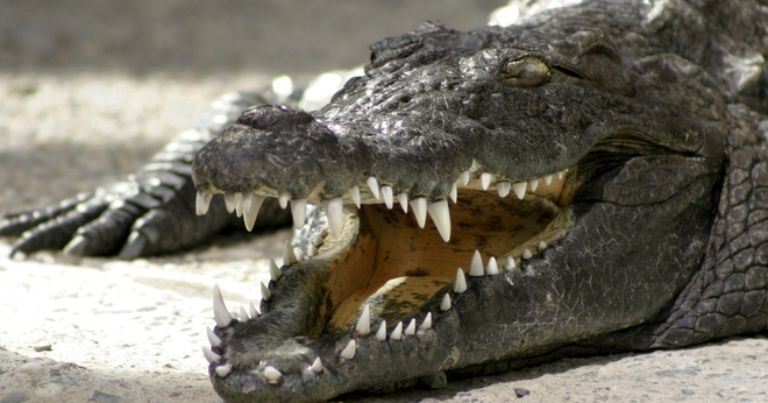
Overview of the Nile Crocodile.
Let’s take a look at the distinctive shape, size, and behavior of the Nile crocodile fish:
Shape
Like all other crocodiles, the Nile crocodile fish has a shape with 4 short legs, flat feet and a strong, long tail. Particularly, to chew food properly, they rely on their strong jawbones and the scaly skin with rows of ridges running along their bodies. Their eyes are big and bulging, with a protective nictitating membrane that helps clean and protect their eyes.
The color of the body is what helps them camouflage well both underwater and on land. Typically, young Nile crocodiles have a gray or dark green color mixed with brown, which can fade depending on their age. Meanwhile, their eyes, nose, and ears are all located on the top of their head, making them easy to hide when stalking prey. The crocodile skin is still highly sought after for its rarity and use in making expensive bags and clothing, which is why Nile crocodiles are one of the heavily hunted species.
The movement and swimming ability of the Nile crocodile is noteworthy. They typically crawl along their belly and can move quickly when needed, such as when pursuing prey. They swim quickly by undulating in a sinuous motion and can maintain this for a long time without getting tired.
This species of crocodile has a good auditory system and can produce different types of sounds. They can dive underwater for up to 30 minutes when facing danger, although normally they can only dive for a few minutes each time. Their wide mouth contains almost 68 conical teeth that can capture prey with strong bite force, making it difficult for any prey to escape once caught by this crocodile.
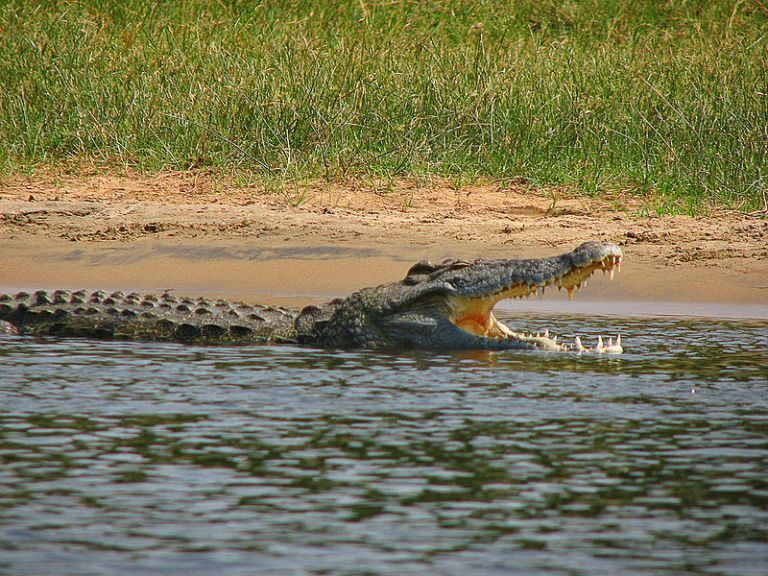
Size
The Nile crocodile can grow up to 5 meters long, and some individuals can even reach up to 5.5 or 7 meters, although this is rare. They weigh around 200 kg, with males being about 30% larger than females. Some individuals can weigh up to 700 kg. The body size and length of the Nile crocodile show that it has a suitable habitat for living, allowing it to grow and develop to such a large size, which is not achievable by other crocodile species.
The large body size is not necessarily an obstacle for Nile crocodiles when hunting or moving around, as they have the strength to move quickly on any terrain and have the ability to jump high. In addition, the large body size helps them dominate other individuals of the same species and better control their prey.
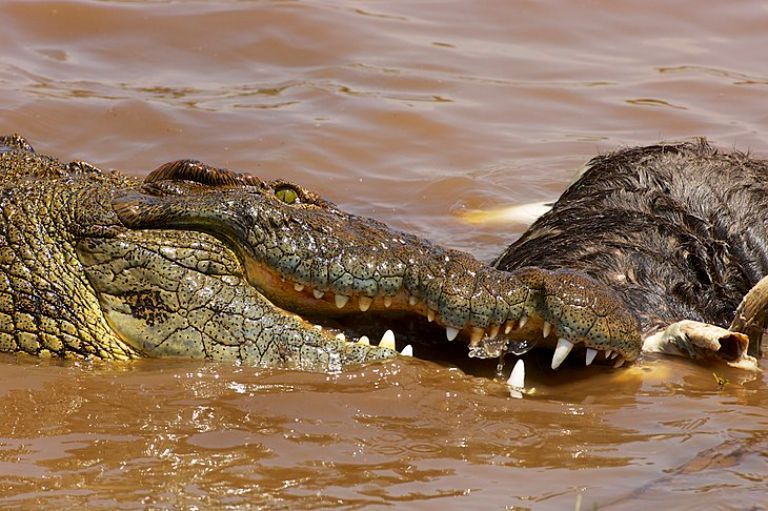
Reproduction behavior
When they reach about 10 years old, the male crocodiles have a suitable length of about 3 meters and the females have also reached maturity at about 2.5 meters. They attract each other by growling, making inviting calls and attracting each other with many tricks such as spraying water, tapping their snouts on the ground… The larger the male crocodiles, the more attractive they are, especially when they rub their faces underneath each other before mating. The egg-laying period is about 2 months after they mate with each other.
After that, when it’s time to nest, they will make their nests on smooth sandy banks, mainly looking for dry, spacious areas for easy breeding and caring for their young. Females will lay about 50 eggs each time, with the minimum being 25 eggs and the maximum being more than 80 eggs depending on the season. They will not lay all their eggs in one place, and the nests will be scattered near each other. The females will take on the task of protecting and incubating the eggs with sand for 3 months, which is a very sensitive period for them.
At this time, the male crocodile will keep watch to prevent predators from coming near their egg nests, as other animals may try to steal the eggs when the crocodile parents are absent. When the baby crocodiles are born with the signal of cracking eggs and making sounds, the crocodile father and mother will take turns to help the babies break out of their hard shells and greet the sunlight. The mother will support them in their early days, teaching them how to go into the water or protecting them in her mouth when necessary.
The special thing is that the gender of baby crocodiles does not depend on their father or mother, but on the temperature of the eggs during incubation. If the temperature is lower than 32°C or higher than 34°C, the babies will be female, while maintaining a temperature between 32°C and 34°C will result in male offspring. They will be about 30 cm long and protected by their mother for 2 years before they start living and developing on their own, as long as they do not come close to the nests of older crocodiles, as they may be in danger of being eaten.
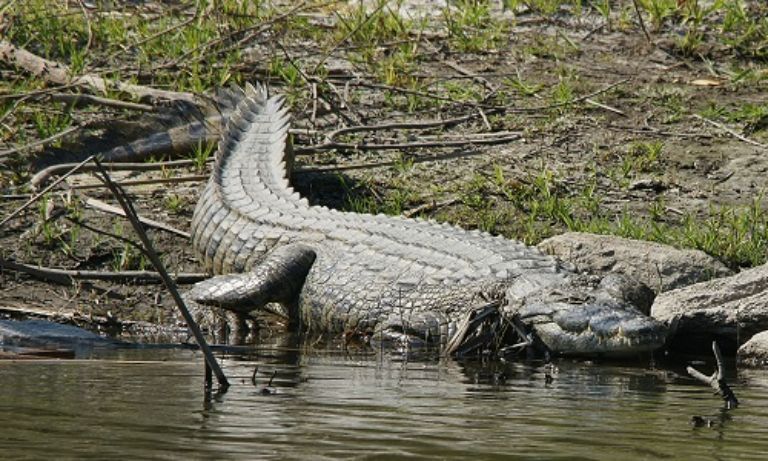
Favorite food
The favorite food of the Nile crocodile is live prey. Nile crocodiles can eat up to half their body weight in food, so they can survive for a long time while waiting for their next hunt and meal. They eat all kinds of animals such as fish, reptiles, birds, etc., with the ability to eat any vertebrate animal, including their own kind. This crocodile species usually hunts in packs, in a symbiotic relationship, and when the prey is subdued, the larger crocodiles get to enjoy it first, followed by the smaller ones.
When hungry, they can travel hundreds of meters away from their water source to search for their favorite food. They will use their powerful jaws to clamp down on the prey’s neck and drag it into the water until it dies. They will tear apart the prey and start enjoying the larger pieces of meat. Although they don’t like to eat spoiled meat from long-dead animals, in some cases they don’t give up on it either.
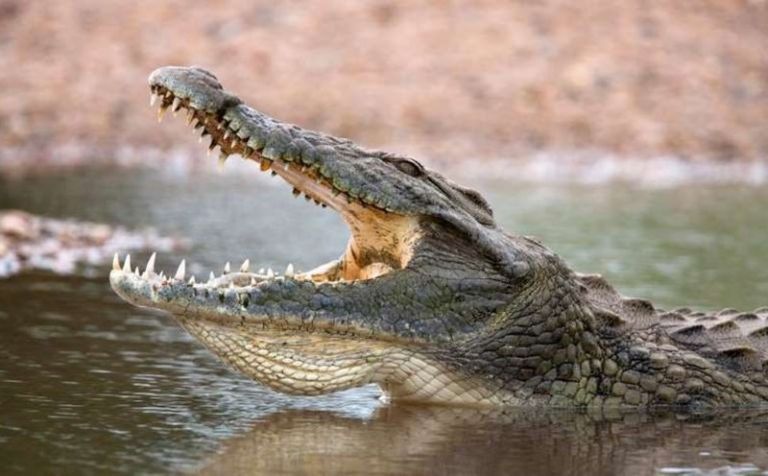
So where do these crocodiles still exist today and are they at risk of extinction?
Are Nile crocodiles at risk of extinction?
The Nile crocodile has been at risk of extinction because since the 1960s, they have been hunted for their economic value in meat and especially their skin, which is a highly prized and expensive commodity. Humans use their skin to produce expensive handbags, jackets, and hats that are hunted by the wealthy. The meat of the crocodile can be used for medicine and human consumption, which has significantly decreased the population of this species, although laws have intervened to revive the Nile crocodile population in some areas.
Currently, according to statistics, there are only about 500 Nile crocodiles scattered in many parts of the world. However, in addition to humans relentlessly hunting them for their own benefit, the crocodiles are also threatened by environmental pollution and a dwindling food source, which affects their growth and survival. Their habit of eating dead animals and dragging them into the water also contributes to the pollution of their own environment.
Therefore, the lifespan of Nile crocodiles depends on factors such as hunting, environmental pollution, food sources, and even cannibalism. Typically, Nile crocodiles have a lifespan of about 70 years, but their lifespan depends on living conditions and the environment. Statistics show that many people have lost their lives when hunting them, by being attacked in return. Therefore, this is a pretty scary crocodile species if we intend to destroy or get close to them.
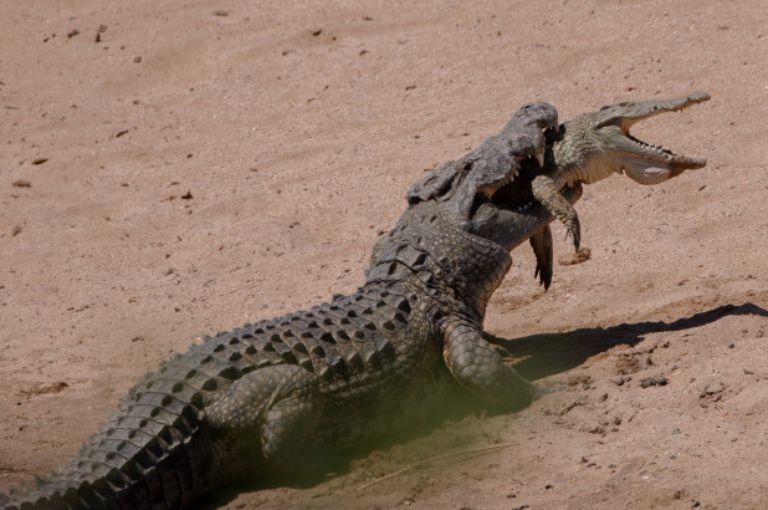
Above is the information we have gathered about Nile crocodiles. Besides the unique characteristics of crocodile species, this particular species has its own distinct features. We hope that this article is useful for readers and provides you with necessary information about this special crocodile species. See you in future articles and topics.
